
Anaconda, Montana now thriving after more than three decades of clean-up efforts by EPA, State, businesses, and the community
$83M agreement with Atlantic Richfield Company sets Superfund Site on path to final cleanup — redevelopment continues to transform contaminated lands
EPA Cards
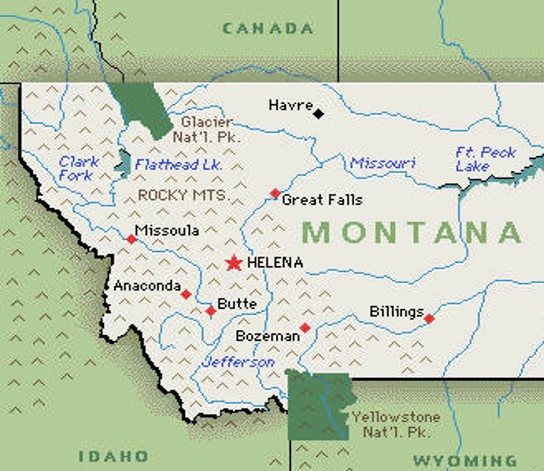 Gallery Image
Gallery Image
State location
Anaconda site location
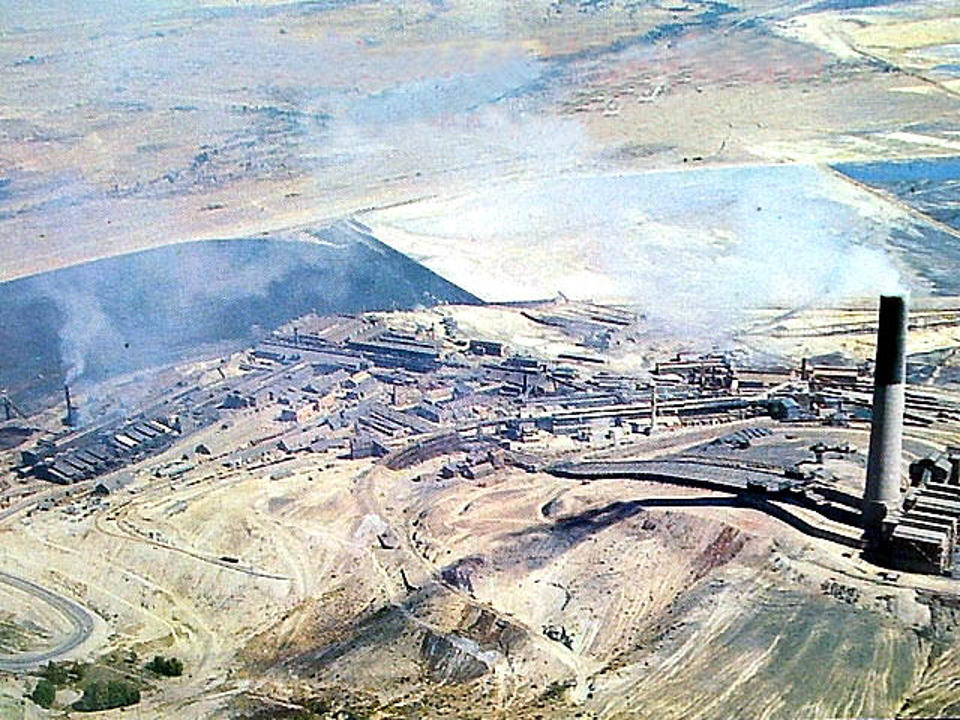 Gallery Image
Gallery Image
smoke stack
Operating Anaconda Smelter, 1970
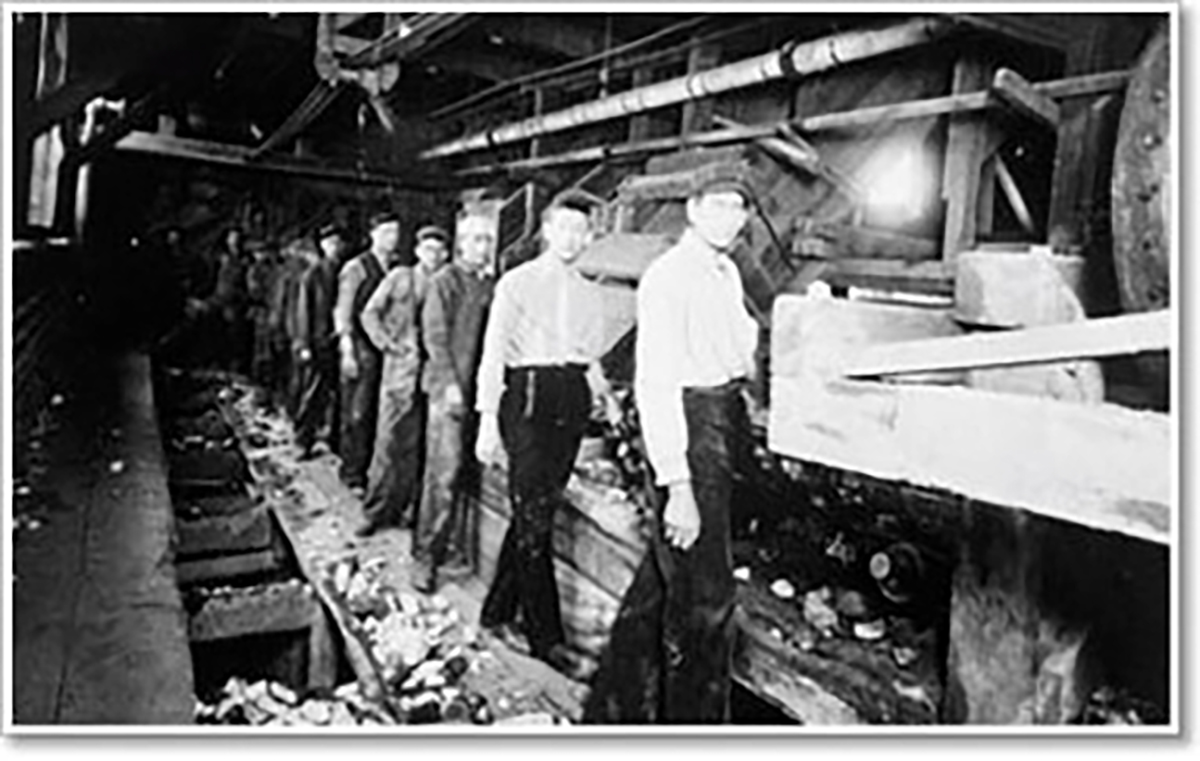 Gallery Image
Gallery Image
workers 1880
Anaconda smeltermen, 1880
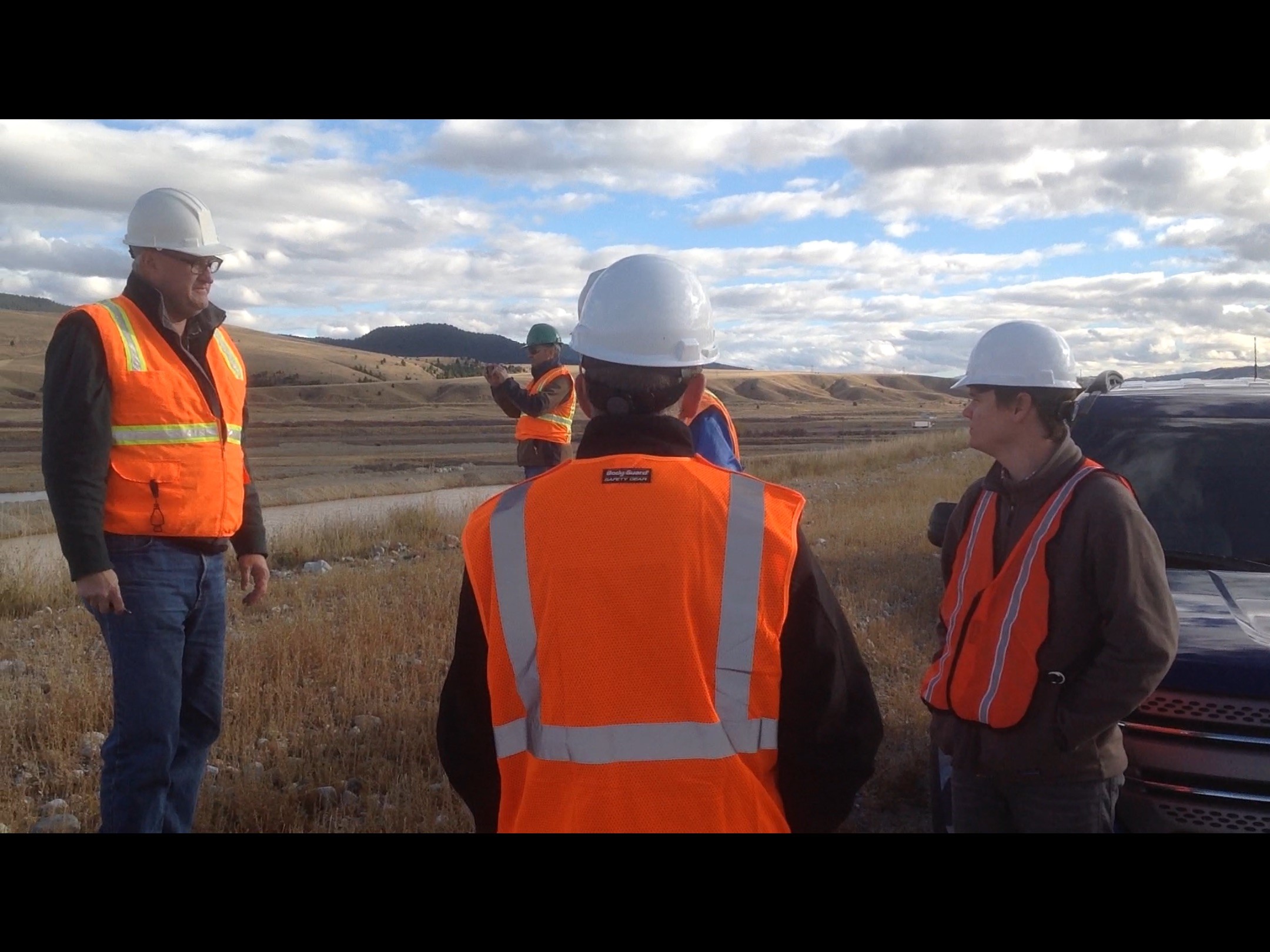 Gallery Image
Gallery Image
Charlie Coleman
Charlie Coleman, project manager, describing construction activities near Mill Creek.
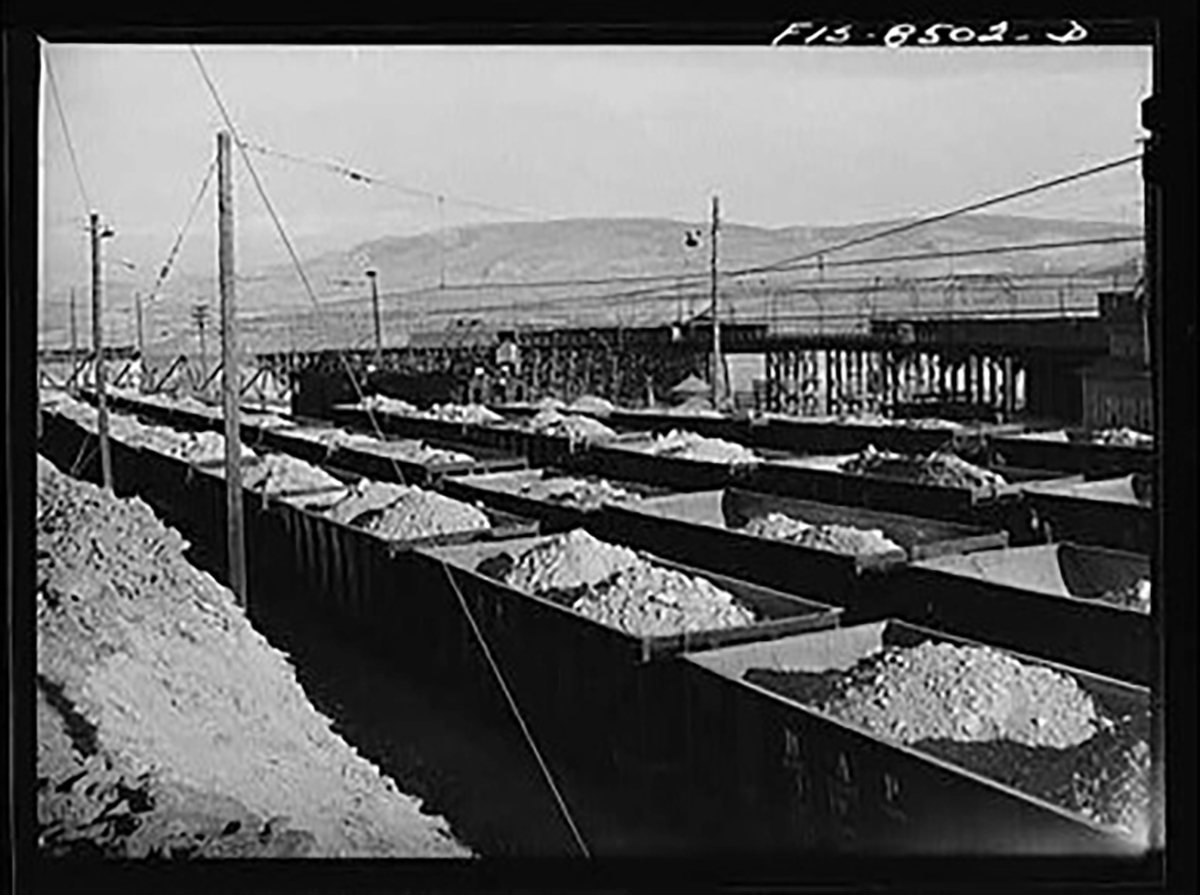 Gallery Image
Gallery Image
Anaconda mines
Loaded ore cars from Butte awaiting processing in Anaconda.
Modern stack
Anaconda stack, today, preserved as a state landmark.
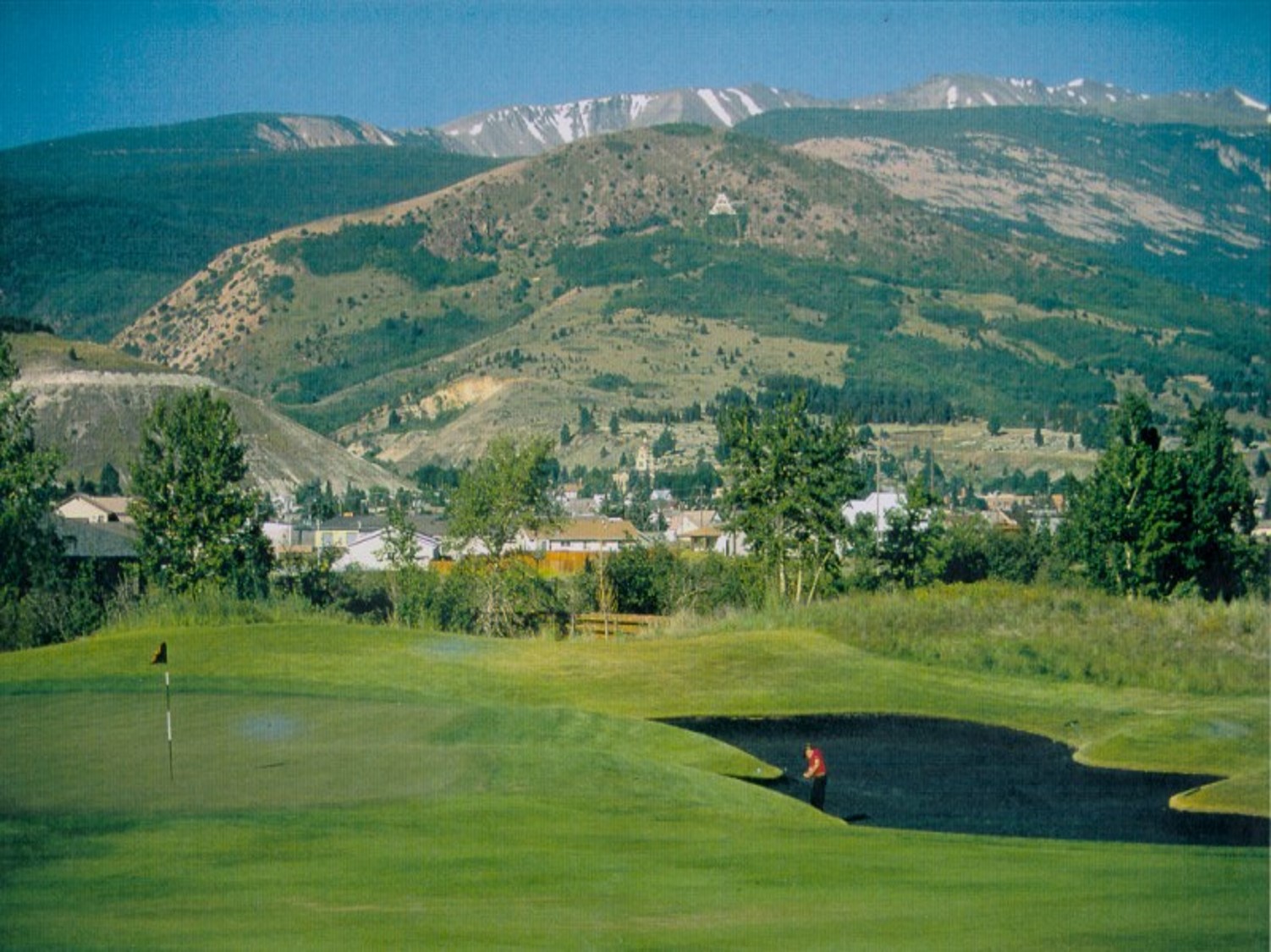 Gallery Image
Gallery Image
Golf course
Jack Nicklaus designed Old Works Golf Course constructed as a remedy over the Old Works Smelter tailings and slag.
Helena, Mont. (February 14) — The U.S. Environmental Protection Agency (EPA) and the U.S. Department of Justice (DOJ) announced on September 30, 2022, that Atlantic Richfield Company (AR) has agreed to complete its cleanup of the Anaconda Smelter Superfund Site (Site) in Deer Lodge County, Montana. This landmark agreement, which was entered by the U.S. District Court for the District of Montana on December 16, 2022 and secures $83M in final remedial actions at the Site, was made possible because of the efforts of many over the past thirty-five years.
“This consent decree agreement is an achievement which will ensure the community of Anaconda continues to receive the clean-up and funding it deserves,” said EPA Regional Administrator KC Becker. “I am grateful for all the work EPA staff and the consent decree parties put forth to get to this agreement and look forward to the completion of remaining cleanup actions and the advancement of redevelopment goals in the community.
The Settlement
Under the settlement, AR — a subsidiary of British Petroleum — will complete numerous cleanup activities that had been initiated at the Anaconda Site through EPA administrative orders since the 1990s. Among other actions, AR will finish cleaning residential yards in the towns of Anaconda and Opportunity, clean up soils in upland areas above Anaconda, and fully close and restore the remaining slag piles at the Site. The estimated cost of the remaining work, including operation and maintenance activities to protect lands over the long term, is $83.1 million. In addition, AR will also pay $48 million to reimburse the EPA Superfund Program and Department of Justice for past and interim response costs and future oversight costs and approximately $185,000 to the U.S. Forest Service for oversight of future cleanup actions on Forest Service-administered lands at the Site.
Background on the Site
The Anaconda Smelter Superfund Site resulted from the operations of a former copper smelter in southwest Montana. Located in and near the towns of Anaconda and Opportunity and throughout most of Deer Lodge County, the Site is among many sites in the larger Upper Clark Fork Basin Superfund Area. Contamination from nearly 100 years of copper smelter operations have affected the health and quality of the environment at the Site. EPA estimates more than a billion gallons of groundwater were contaminated, and thousands of acres of soil were affected by the movement of mine wastes and smelter emissions. EPA identified various hazardous substances, pollutants or contaminants as contaminants of concern (COCs) for the Site. COCs are the chemical substances found at the Site that EPA has determined pose an unacceptable risk to human health or the environment. These substances were evaluated by EPA to be addressed by cleanup actions at the Site. These COCs included arsenic, beryllium, cadmium, copper, iron, lead, and zinc. In addition, stack emissions contained sulfur dioxide (SO2) which lowered pH in soils which in turn allowed the metals to impact vegetation.
From 1884 until its closure in 1980, the smelter was the foundation of the local economy, with a reputation as one of the leading producers of copper in the nation and boasting the largest free-standing smokestack in the world, at over 580 feet. The smelter provided much of the copper that drove the Industrial Revolution and was critical to Allied victories in two World Wars. In 1977, AR purchased Anaconda Copper Mining’s holdings, which included the smelting site. When the smelter closed, it devastated the local economy and left the area’s soil and water contaminated. Subsequent investigations revealed the degree to which metals had also damaged local vegetation and aquatic systems, the nearby Warm Springs Creek and the headwaters of the Clark Fork River, threatening native Westslope Cutthroat and Bull Trout populations.
In 1983, EPA listed a 300-square-mile area as the Anaconda Smelter Superfund Site on the National Priorities List (NPL), making it a priority for cleanup attention. EPA’s Site team began the daunting task of fully investigating the millions of cubic yards of tailings, furnace slag and flue dust, and thousands of acres of soil contaminated by airborne emissions. Detailed cleanup plans and actions would follow, developed through intensive collaboration with state and local partners and the community.
The Early Work, Collaborations, and a Win-Win for the Community
The December 2022 US District Court’s approval of the Consent Decree is long-awaited positive news for residents of the Anaconda community, who after more than 35 years, have seen first-hand the careful planning and completion of long-term cleanup projects. Due to the vast amount of land contaminated, these efforts often involved capping the waste to contain it and protect people from coming into contact with it. Soils in other contaminated areas were removed and safely relocated. These long-term actions were extensive and included protecting ground water and taking measures to remove and prevent mine waste from affecting wetlands, creeks, and other ecological resources. Some areas of the Site were affected by years of pollution. All cleanup actions continue to be evaluated to make sure they remain protective of human health and the environment with consideration of how to redevelop the Site to ensure the land can still be used for productive purposes.
EPA’s site team has a special perspective on the time and energy that has led to this milestone. Charlie Coleman, EPA’s Remedial Project Manager at the Site for over three decades, recently recalled what it was like in the 1980s. “As one of my first EPA Superfund assignments, I remember how important it was to develop solid, trustworthy relationships with the community. People want to know that they are being heard and having an open, transparent dialogue with the community was paramount.” Charlie will be retiring in 2023 and he is proud of the relationships that EPA has built over the previous three decades. The results of the cleanup efforts and the economic vitality in this part of Montana are now visible and tangible.
Another one of Charlie’s EPA colleagues, Andy Lensink, an EPA Site Attorney who retired last month, considers Charlie to be a lifelong friend since he began working on the Site in 1990. Andy stated that while there were challenges, EPA’s philosophy of listening to the concerns raised by residents, property owners, and contractors, and exploring ways to use all available tools, has helped make the Site cleanup successful. Andy has an immense appreciation of all who were involved with the Anaconda Site during the last 30-plus years. Both Charlie and Andy recall early discussions with AR to simply put a fence around portions of the 300 square-mile area of the Site and call their work done. Fortunately, for all involved, EPA and the community did not support this idea-- at the time, the Superfund program was evolving and beginning to recognize that true cleanup needed to incorporate redevelopment and revitalization into cleanup plans and goals for Sites. In Anaconda, the community was a key voice and driver for how the Site would look when successfully cleaned.
Cleanup and Revitalization Land Use
The Site has come a long way since 1983, as cleanup has facilitated substantial economic revitalization. Dozens of new developments now exist on the Site, including a natural gas power plant, a regional rehabilitation facility, and a specialty school providing mental health support services to students. The nineteen businesses on Site now generate nearly $5.8 million in annual employment income, a testimony to the power of Superfund cleanup to reinvigorate the social and economic health of communities.
In one of the most noteworthy reuse outcomes, in 1997, the parties turned 250 acres of the Site into an 18-hole golf course. Designed by golf legend Jack Nicklaus, the course combines historic mining artifacts with beautiful landscaping. Maintenance of the golf course serves the dual purpose of providing recreation and keeping the Site vegetated for remedial purposes.
In addition to recreational reuse, the Site also supports residential and public service developments. Dozens of homes have been built next to the course, and the list of new life and activity on the Site is extensive. For example, in 2008, Community, Counseling and Correctional Services, Inc. developed a regional rehabilitation facility on remediated property. In addition, AWARE, Inc., a private, non-profit corporation that provides community-based services to people with mental, emotional, and physical needs, operates a campus on Site. In 2009, a contaminated abandoned railroad bed was removed west of Anaconda to make way for future highway, sewer, and multi-use trail expansion to the West Valley. There are also several commercial companies at the Site. In 2011, Northwestern Energy began operating an on-Site natural gas-fired electric generation facility, the David Gates Generating Station.
The community has also created a recreational vehicle (RV) park, the Forge Hotel and Barclay’s II restaurant is now welcoming overnight visitors and vacationers, and construction continues of a nearly 45,000 square-foot building that will house a Murdoch’s Ranch and Home Supply store in Anaconda. The store could open as early as this May.
These activities have helped revive Anaconda and Opportunity and support other business opportunities. As of October 2021, EPA data on 212 on-site businesses showed a total employment of nearly 2,000 people and an estimated $207,925,582 in annual revenue.
Final Stages of Cleanup and Deletion Status as a NPL
With cleanup of the Site over 90% complete, the $83M settlement with AR guarantees the completion of all remaining work including construction, monitoring, and long-term maintenance. This includes a last call for yard cleanups, upland reclamation in the Mill and Lost Creek drainages, and cleanup of miscellaneous parcels. Construction at the Site is scheduled to be completed by 2027 with a formal process to propose the deletion the site from the NPL, and collect public comment, in following years.
The Future and Leaving a Legacy
Montana’s elected officials have been a big part of Site cleanup and redevelopment efforts over the past decades. U.S. Senator Jon Tester is among those who have supported the cleanup and these communities. The Senator recently noted the significance and benefits of past work, saying: “The Anaconda Superfund Site cleanup is an example of what can get done when we hold corporations and the government accountable to local Montana communities. The open communication between folks in Anaconda and the EPA meant that community members knew what was happening with the site and had confidence that the EPA was working in good faith to lay the foundation to move beyond Superfund. I’m glad to see the progress they have made and will keep the pressure on to ensure the work doesn’t stop until the community is made whole.”
The U.S. Attorney for the District of Montana, Jesse Laslovich, also contributed to the cleanup and settlement and shared a memory of growing up in Anaconda. “As a kid growing up in Anaconda, I fondly remember riding with my grandfather and father in my grandfather’s Mack dump trucks as they hauled thousands of yards of slag to the slag pile as part of the initial stages of cleaning up our contaminated land around town. That slag pile will soon be completely covered. The dead areas in the Pintler Mountains are now starting to come back to life. And a better future awaits us. It’s a new day in Anaconda, which would not have happened without the creativity, tenacity, and unmatched work ethic of those who came before us. What a legacy. Moving forward under this agreement, may we honor them by being conscientious stewards of our land and waters for generations to come.”
The results earned in Anaconda are a source of pride for EPA’s Site team, including Charlie, Andy, and all those who contributed to the transformation of the Site. Some visitors were once afraid of Anaconda because of what they didn’t know about the contamination. Today, the Site is positioned to reconnect people to the nearby wilderness and recreational assets that make Montana so special. The Site is adjacent to the original Wilderness Area designed after the Wilderness Act passed, the Anaconda-Pintler Wilderness. The mountain ranges to the north and west are managed by the U.S. Forest Service. Anaconda now proudly boasts world-class elk hunting, skiing, fishing, and other growing recreational opportunities for the local economy.
Thanks to the Superfund program, Anaconda is well on its way to being a clean, complementary base camp for millions of acres of public land recreation opportunities and is well equipped to have a prosperous future. While work is ongoing, the community of Anaconda is poised to take advantage of its new landscape.
Background on the Superfund Program
EPA’s Superfund program is a cornerstone of the work the agency performs for citizens and communities across the country. The revitalization of communities affected by contaminated lands is a key part of Superfund’s mission, meeting local needs for thriving economies and improved environmental and public health outcomes. Through EPA’s Superfund Redevelopment Program, EPA works closely with communities, developers and property owners to contribute to economic vitality by supporting the return of once-contaminated Sites to safe and productive use.
Click here for more information on the Anaconda Superfund site.
Contact Information:
David Piantanida, ([email protected]), (720) 661-7482
Dana Barnicoat, ([email protected]), (406) 560-6261
